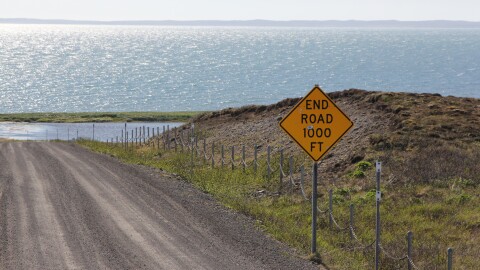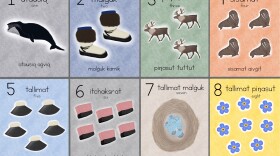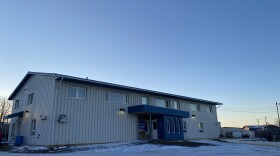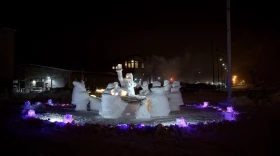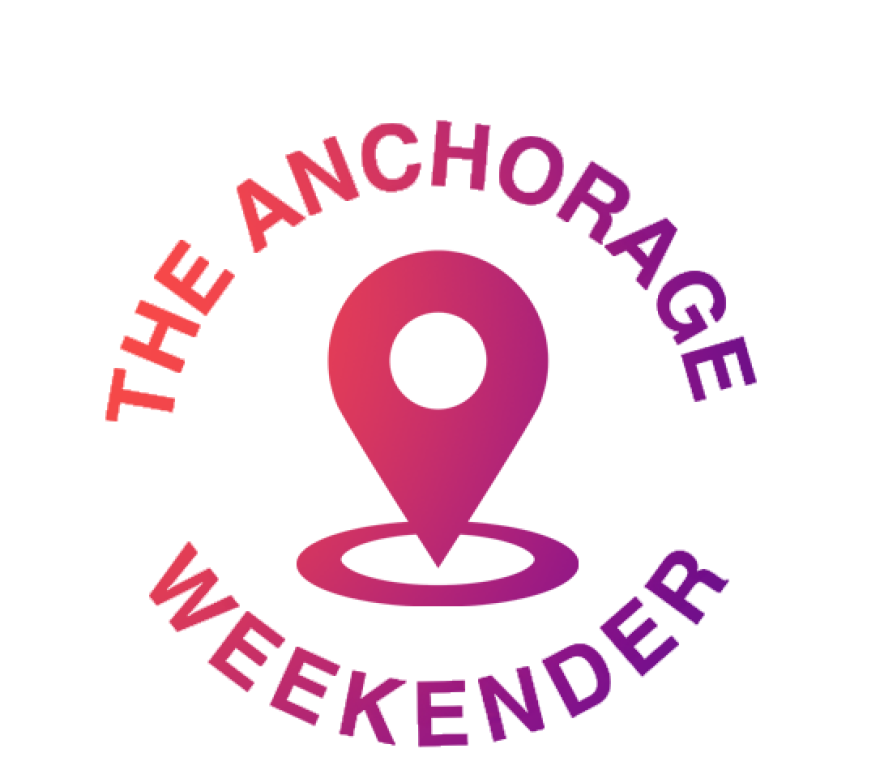“You have a defendant who, if innocent, was kept, robbed of his freedom for seven years, and if guilty, well that case was dismissed. So justice was served to no one,” said Anchorage Daily News and ProPublica reporter Kyle Hopkins.
Latest News & Local Programs
-
President Trump set the process in motion to ease federal restrictions on marijuana. But his order doesn't automatically revoke laws targeting marijuana, which remains illegal to transport over state lines.
-
A report from the state says the Juneau School District did not follow the correct procedure to provide occupational therapy to some students after losing staff.
-
The workbook is just one example of efforts to revitalize the language that have been sweeping across northern Alaska.
-
The university is considering selling its Applied Sciences building in Dillingham to the Alaska Housing Finance Corp., which toured the facility this summer. Public comment on the sale is open until Jan. 8.
-
The man is isolated and is unlikely to infect others, but state epidemiologists are urging clinicians to test anyone with symptoms and report cases to the state.
-
Normally at odds over fish and game, Safari Club members and Kipnuk subsistence hunters share a deer hunt together. Plus, a look at unique holiday celebrations in communities across the state.
-
Anchorage Fire Department officials say they received a report of the fire at around 5 a.m. Wednesday morning at a Dimond Estates mobile home. One person was found dead inside.
-
The governor announced the appointment of Wasilla resident Steve St. Clair and Sutton resident Garret Nelson to the state House of Representatives.
-
Celebrate the holiday season with special programming from Alaska Public Media.
-
State lawmakers weigh in on next month's legislative session. We discuss what to expect.
Thanks to our sponsors
More from AKPM
Your weekly guide to the best events and happenings around town.



